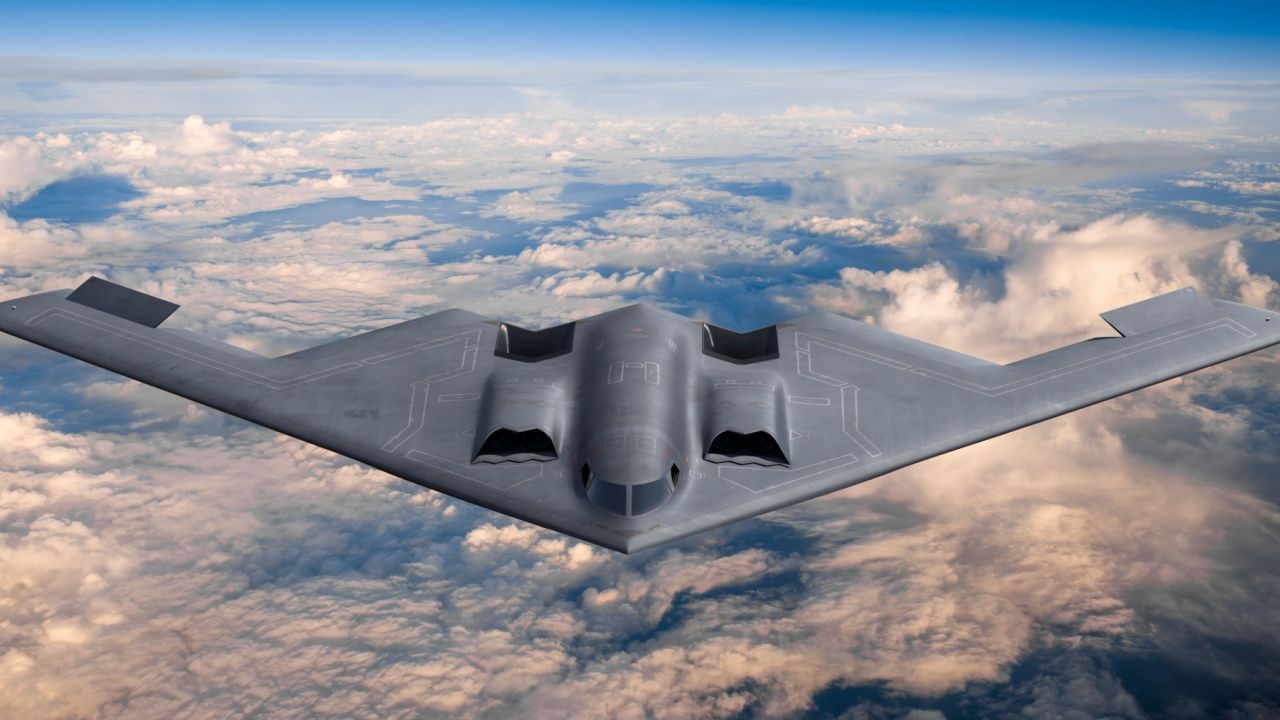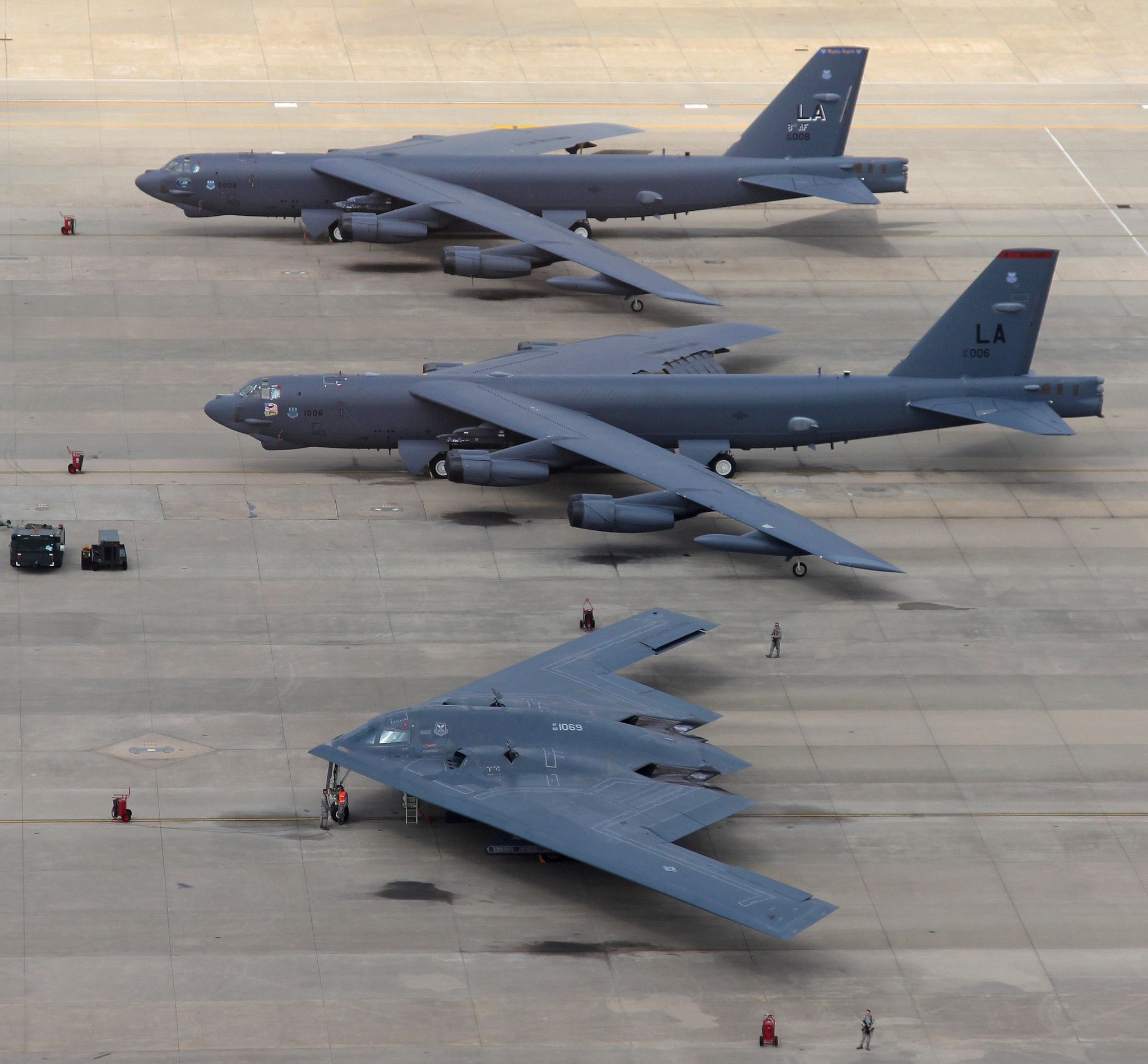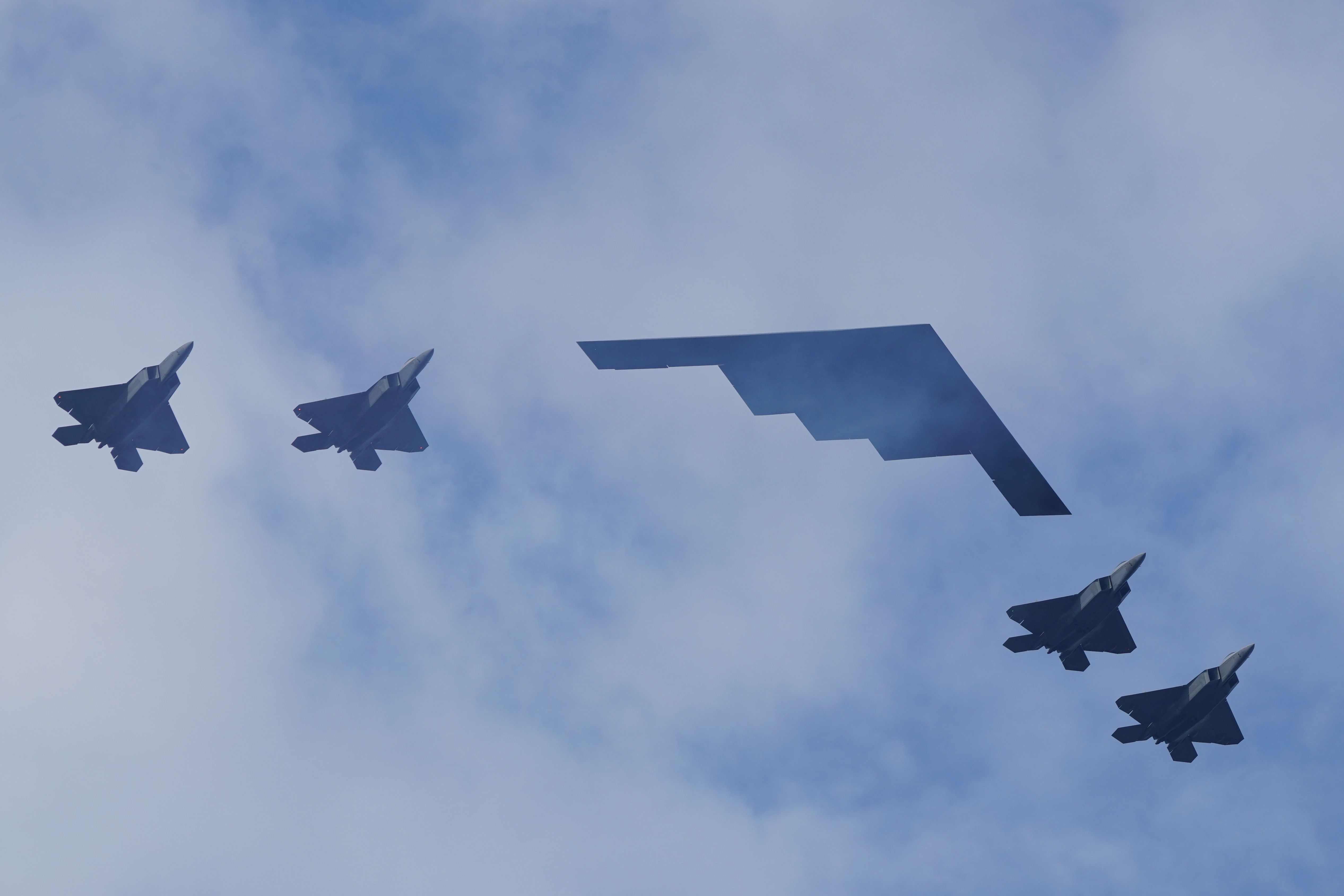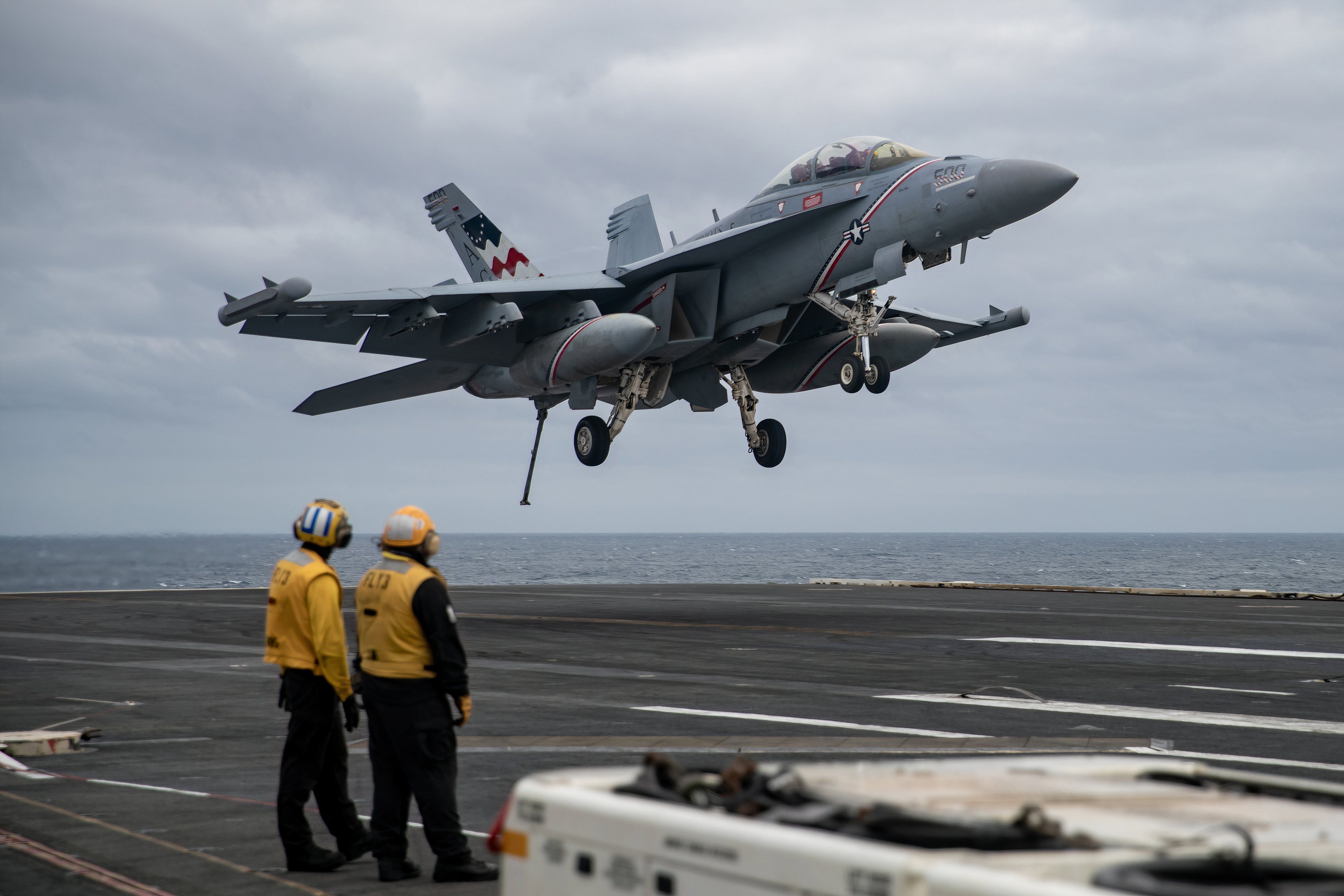The United States Air Force’s B-2 Spirit strategic bombers
carried out precision strikes against five hardened underground weapons storage locations in Houthi-controlled areas of Yemen yesterday. The US Navy
has been battling Houthi missiles and drones in the Red Sea for the last year but has been unable to completely stop the attacks. The proliferation of cheap drones has caused the
Navy to put out a bid for companies to offer it quick and cheap ways to counter them
.
US B-2 Spirit bombers strike Houthis in Yemen
According to a statement by Secretary of Defense Lloyd J. Austin III, B-2 bombers struck five underground Houthi facilities that were housing various weapons that were being used to target civilian and military vessels throughout the region. The US Air Force stated its assessments do not show there were any civilian causalities.
The strikes were carried out on October 16. The United States Air Force
asserted, “The Houthis’ illegal attacks continue to disrupt the free flow of international commerce, threaten environmental catastrophe, and put innocent civilian lives and U.S. and partner forces’ lives at risk.”
Over the last year, the US Air Force and the British RAF have carried out multiple strikes on Houthi targets in northern Yemen. Navy EA-18G Growlers were also reported to have
taken out what may have been the Houthis only operating Mil Mi-24 Hind helicopter
. Meanwhile, Israel has carried out multiple airstrikes of its own against the Houthis (while the Houthis have also fired missiles directly at Israel).
“This [strike] was a unique demonstration of the United States’ ability to target facilities that our adversaries seek to keep out of reach, no matter how deeply buried underground, hardened, or fortified. The employment of U.S. Air Force B-2 Spirit long-range stealth bombers demonstrate U.S. global strike capabilities to take action against these targets when necessary, anytime, anywhere.” – US Air Force
In the statement, Lloyd Austin also stated, “Again, the United States will not hesitate to take action to defend American lives and assets; to deter attacks against civilians and our regional partners; and to protect freedom of navigation and increase the safety and security in these waterways for U.S., coalition, and merchant vessels.”
The USS Dwight D. Eisenhower aircraft carrier saw an extended deployment fighting the Houthis (including interdicting Houthi missiles and drones fired at merchant vessels and carrying out raids). While some countries (like Russia in its Ukraine war) tend to exaggerate their successes, Houthi claims are often comical,
claiming to have sunk the USS Dwight D. Eisenhower (and other warships) multiple times
.
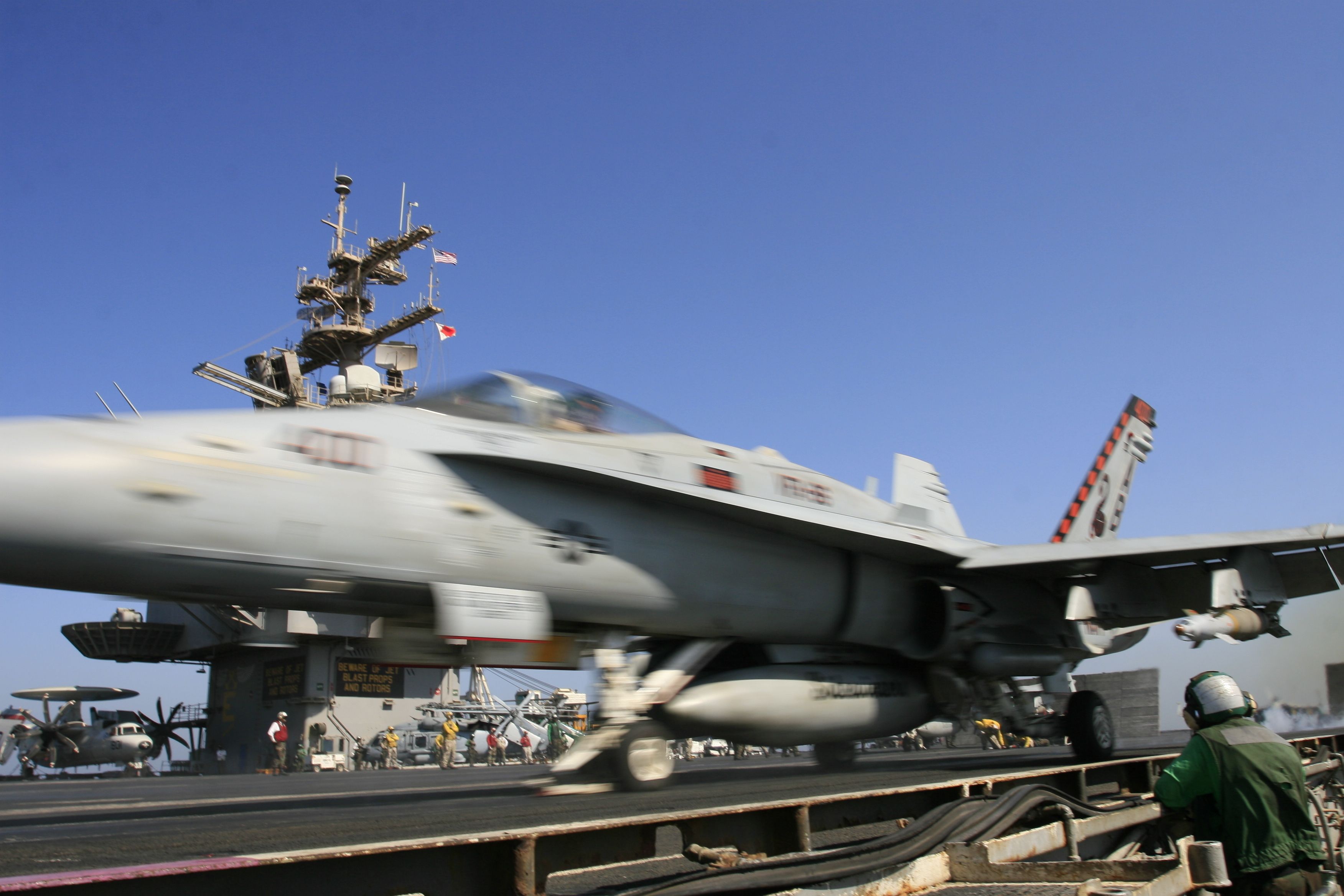
Related
USS ‘Ike’ Female F/A-18F Naval Aviator Makes 1st US Air-To-Air Kill Of Houthi Drone
The Ike has now made history twice boasting the first US female combat mission and now the first female pilot air-to-air kill.
The Israeli-Iran context
Visegrád noted this is the first time the B-2 Spirit has been used in combat in seven years and may be a warning shot to Iran amid heightened tensions with Israel. Iran has now struck Israel with drones and missiles directly twice this year (for the first time in history). Iran claimed after the latest strike on October 1st to have destroyed 20 Israeli F-35 fighter jets (Iran is prone to extraordinary claims).
While dramatic videos emerged online showing a couple of dozen of the approximately 180 missiles fired getting through Israeli air defense and striking Israeli airbases,
satellite imagery showed damage to the base was minimal
. One F-35 shelter was hit, but it is impossible to know if was an F-35 in it at the time of the strike. No aircraft were visible from satellite images to have been damaged or destroyed in the strike (although a hangar was also hit that could have housed an aircraft).
Photo: Mariusz Lopusiewicz | Shutterstock
The Israeli Air Force may not be able to destroy Iran’s deeply buried nuclear sites – many analysts suggest that would require the massive bunker-busting bombs carried by US bombers (after two crashes,
19 B-2 Spirits remain operational in the US Air Force
).
As of the time of writing (October 17), Israel has not yet carried out its anticipated counter-attack against Iran in response to the October 1 missile barrage.
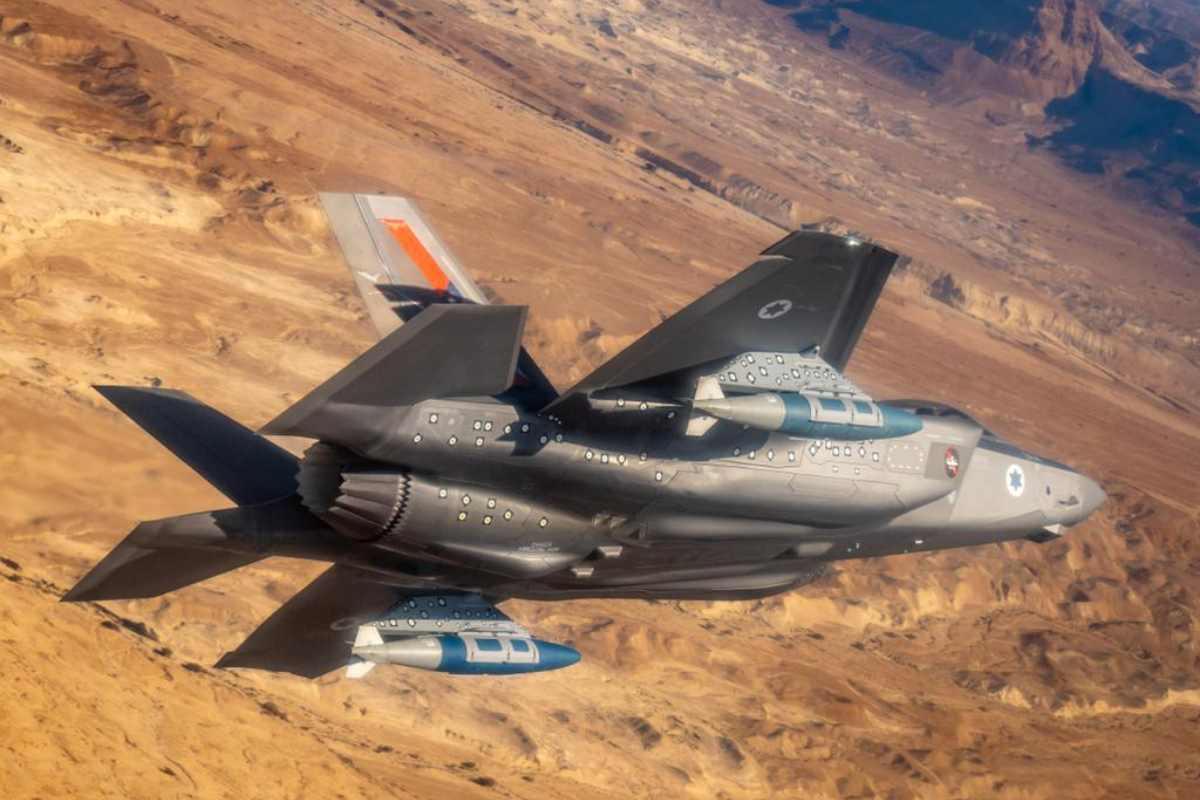
Related
Top 4: The Most Powerful Air Forces Engaged In The Israel-Iran Conflict
The US Air Force(s) and Israeli Air Force remain the most powerful air forces engaged in the current Iranian-Israeli conflict.
The conflict in Yemen
Yemen is a very complicated and impoverished Arab state on the Arabian Peninsula. Unlike other Arabian countries, it doesn’t possess significant reserves of oil or gas. During the Cold War, there were two Yemens—North Yemen and South Yemen—but these united in 1990.
However, an ongoing Yemeni Civil War (since 2014) has once again split the country apart with the Shia Muslim Houthis in the north de facto, re-establishing a North Yemen state. This led to a years-long Saudi-led aerial bombing campaign against the Houthis in northern Yemen starting in 2015. The campaign continued for years, and while it may have stopped the Houthis from taking over southern Yemen, it failed to defeat the Houthis in the north, leaving the country divided.
Photo: USN
The Houthis are known to have close relations with Iran and have been attacking merchant vessels as they sail through the extremely important Red Sea choke point. The Houthis say these attacks are being carried out as a means of applying pressure on Israel and as solidarity with the Palestinians.

